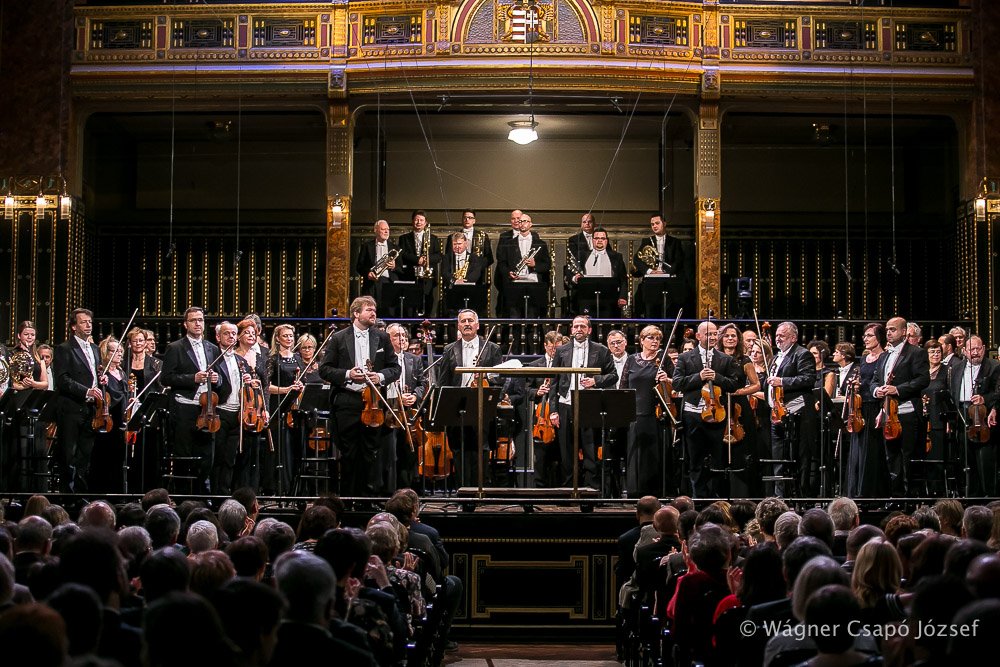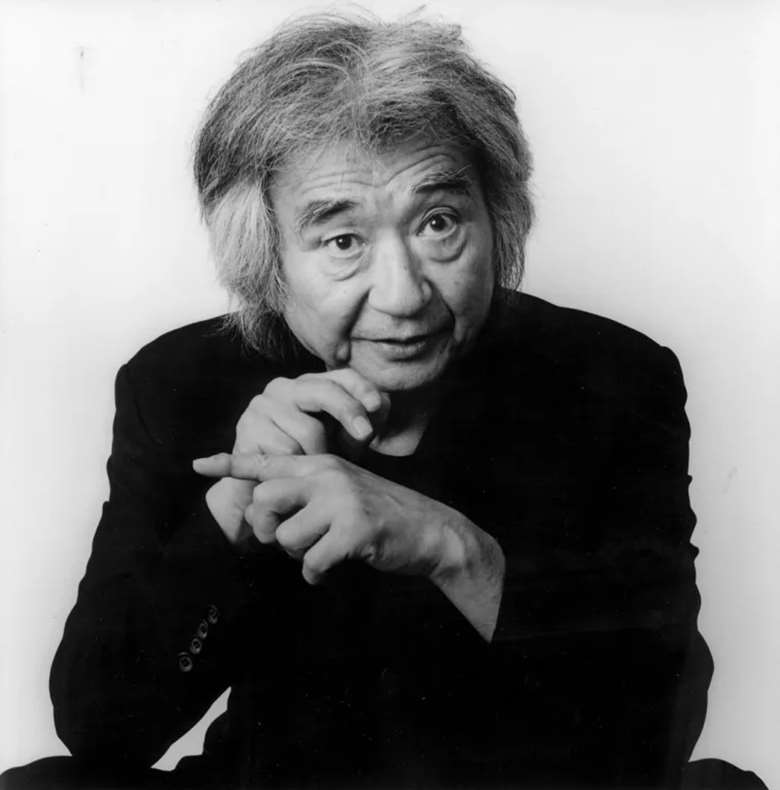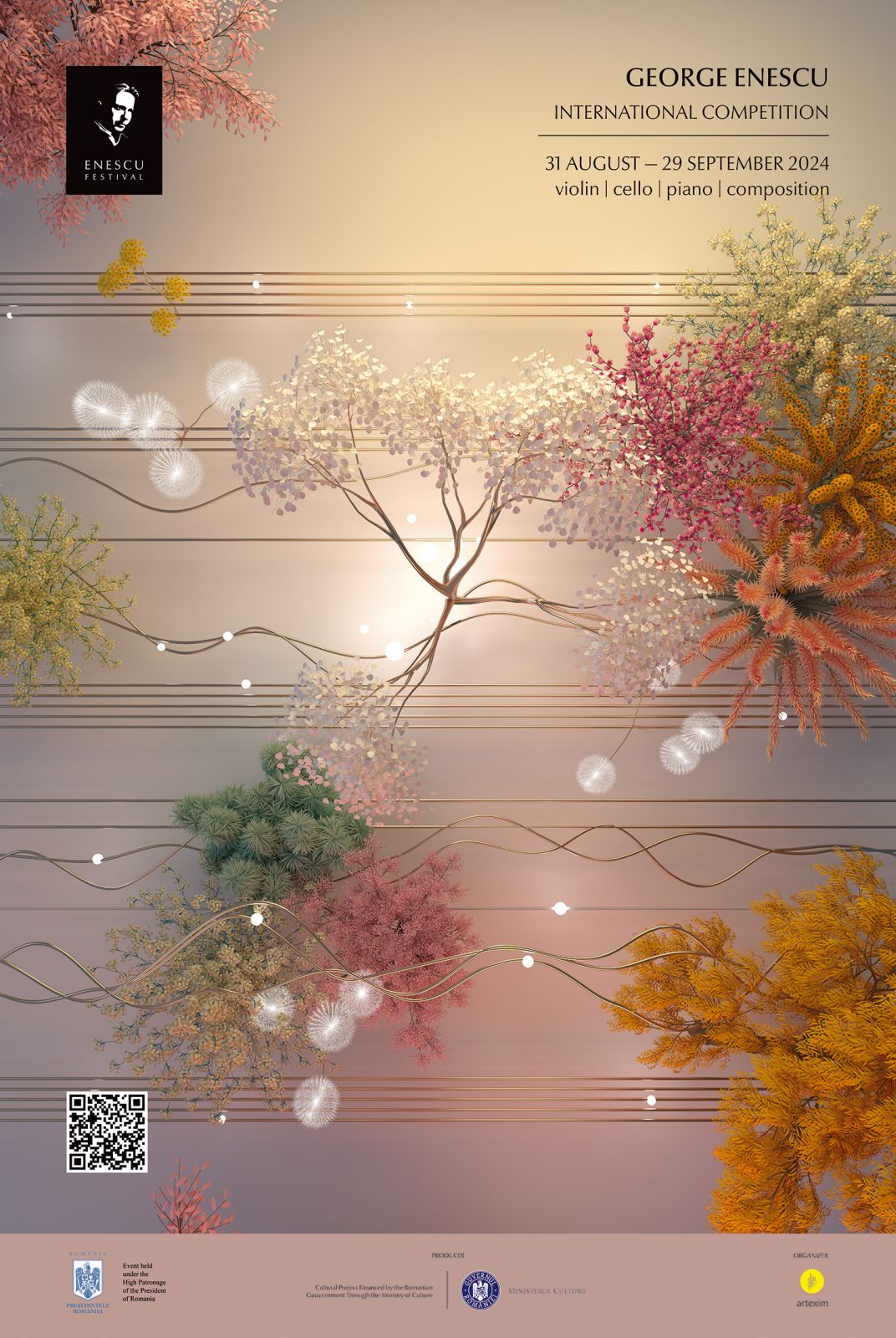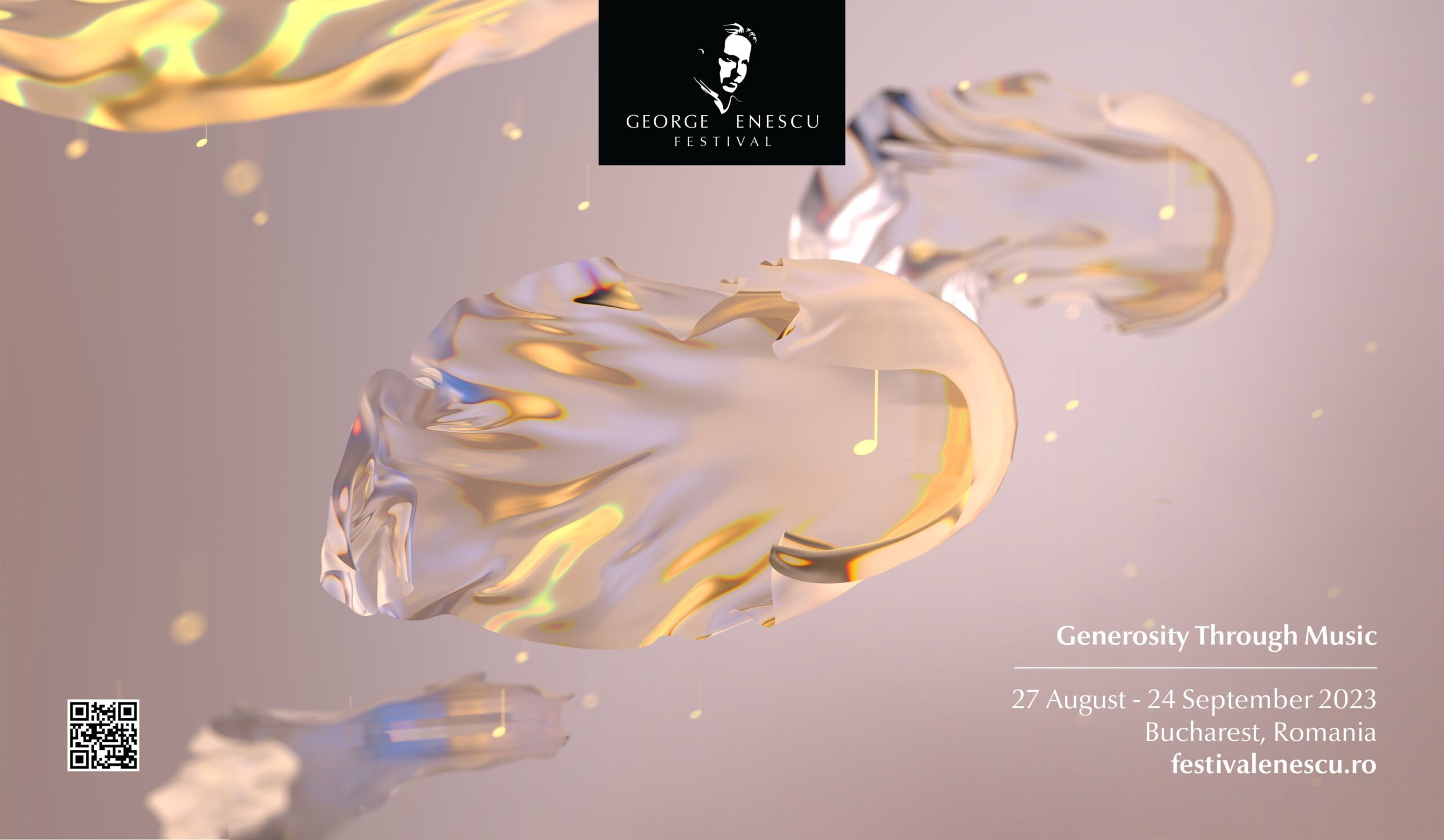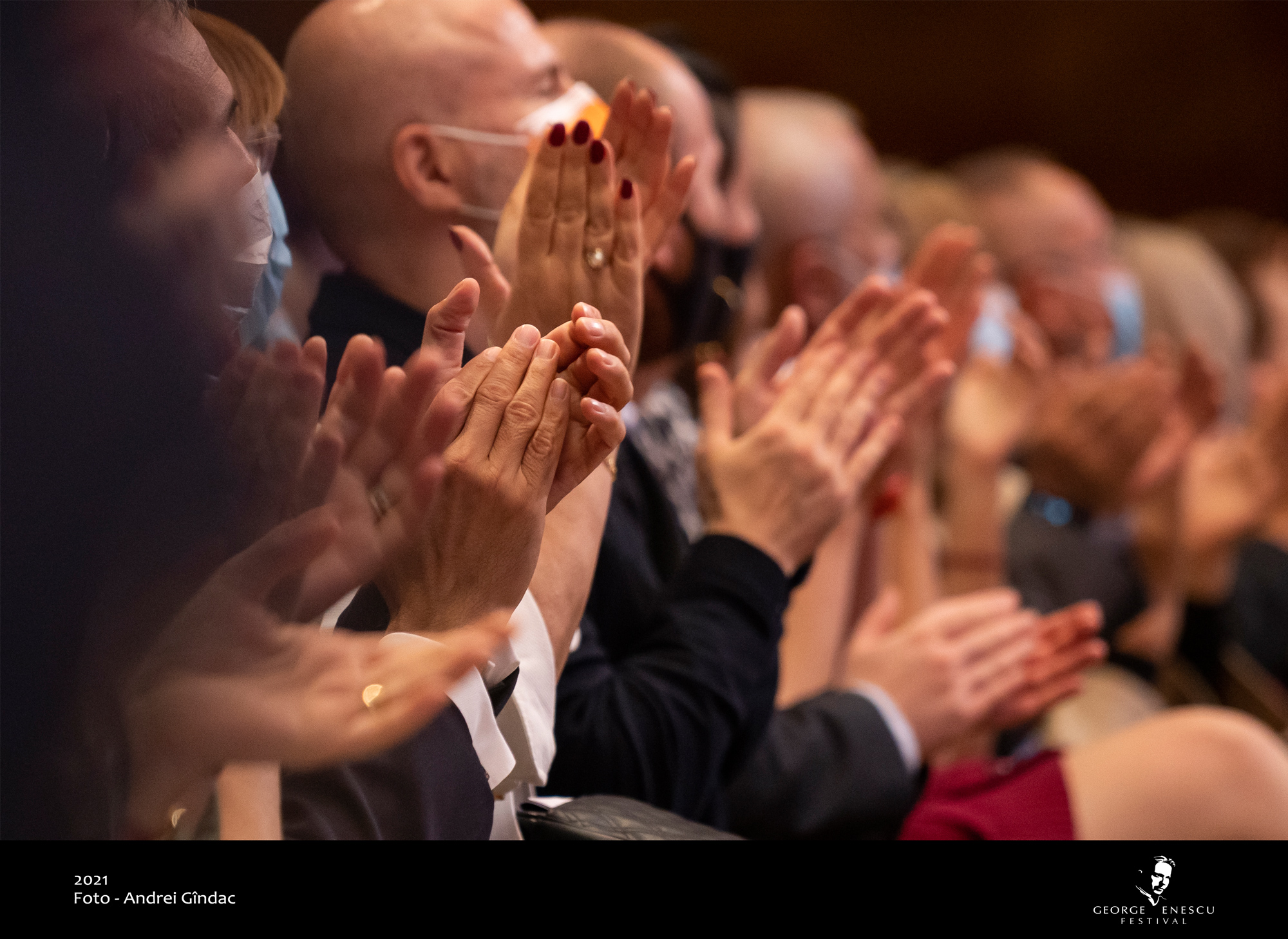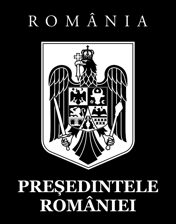Over the 75 years since the Hungarian Radio Symphony Orchestra was founded, with countless concerts in Hungary and abroad, and its radio, TV and CD recordings of almost the entire symphony and oratorio repertoire, it has won its place in the vanguard of symphony orchestras. The world’s leading critics are unanimous in praising its evenness of sound, its flexibility, and its patronage in promoting and recording contemporary Hungarian music.
The combination of radio work and outstanding music-making is largely due to the role played by Ernő Dohnányi (Ernst von Dohnányi), who was appointed principal music director of Hungarian Radio in 1931. In 1936 he initiated the founding of the chamber orchestra that can be considered the core of the later symphony orchestra and invited the most talented musicians to join the group. The orchestra was directed by István Bertha, to a quite exceptional standard: after a few months’ work together even British radio stations were broadcasting programmes by the chamber orchestra. Through radio waves this was the Hungarian orchestra that played to the largest audience, and in May 1939 it gave its 1000th concert. Challenge upon challenge, the rapidly expanding repertoire necessitated a gradual increase in the headcount of the orchestra. The Radio Orchestra gradually grew into a symphony orchestra, and it seemed natural that they should want to play to the audience not only through broadcasts, but in concerts too. The group debuted as a symphony orchestra on 7 October 1943, conducted by Ernő Dohnányi. Composer László Lajtha entrusted with reorganizing the orchestra invited János Ferencsik and Tibor Polgár to assist him as colleagues. From 1949 János Ferencsik was at the helm of the orchestra as principal conductor, two years later he passed the baton to László Somogyi. Besides extensive symphonic repertoire the orchestra also played a decisive role in enriching operatic life in Hungary and opera recordings continued to be a priority task later as well. In the 1957-58 season Tamás Bródy took over the orchestra as permanent conductor. At the end of 1964 György Lehel became the orchestra’s principal conductor, and he remained director-conductor until his death in 1989. In concerts given with the Hungarian Radio Choir (founded in 1950) the orchestra played more and more of the most important oratorios and choral works of the repertoire, often shining in the most exacting, demanding music. In 1974 the Hungarian Television held the first international conducting competition, and the conductors who won first and second prizes, Ken-Ichiro Kobayashi and Ádám Medveczky later became frequent guests of the orchestra. The group rose to become one of the leading orchestras, it hosted the world’s most sought-after conductors in Hungary and abroad and making music together with them became an attractive artistic challenge. After the death of György Lehel, work continued under the musical direction of András Ligeti, when in 1993 the world-famous pianist and conductor Tamás Vásáry took the helm of the orchestra and led them until 2004. The numerous concerts with Ádám Fischer opened a new chapter in the orchestra’s history in the late nineties – early 2000s. Accepting the orchestra’s invitation, in 2004 he became musical advisor, in 2005 first guest conductor and between 2006 and 2008 general music director and principal conductor. The Hungarian Radio Symphony Orchestra has since the beginning been the central figure in the annual Budapest Wagner Days. Ádám Fischer initiated the Budapest Wagner Days, which has immediately gained international attention, and started in 2006 with an acclaimed performance of Parsifal. By 2013, Wagner’s centenary year, all of the composer’s large operas had been performed. Between 2004 and 2008 László Kovács was the orchestra’s first conductor, between 2009 and 2011 Stephen D’Agostino, and 2011 and 2013 Gergely Vajda – presently permanent first guest conductor- led the orchestra. Currently the permanent conductor of the Hungarian Radio Symphony Orchestra is János Kovács, the honorary principal music director in perpetuity is Tamás Vásáry. In 2019 the Hungarian Radio Art Groups proudly announced their long term collaboration with José Cura, as Principal Guest Artist for the Hungarian Radio Symphony Orchestra, Choir and Children’s Choir for three consecutive music seasons.
The Hungarian Radio Symphony Orchestra is one of Hungary’s leading orchestras also having a wide international reputation in concert halls, radio-and TV-stations and recording studios. Its repertoire includes the whole music literature starting from Bach’s and Händel’s great oratorical works through the 18th and 19th century’s classical and romantic pieces to the 20th and 21st century’s masterpieces and contemporary works. The oeuvre of the Hungarian classical composers, Liszt, Bartók, Dohnányi and Kodály, moreover the entire Hungarian contemporary composer generation’s pieces were and are performed and often recorded by the orchestra. Hundreds of the orchestra’s recordings of these composers form a part of the national cultural heritage and their Dohnányi Violin concertos recording got awarded with MIDEM-Prize.
The Hungarian Radio Symphony Orchestra regularly gives concerts in Budapest’s major concert halls, and often receives invitations for guest performances to major countryside cities in Hungary. As the accompanying orchestra, they are frequently featured in international music contests like the József Szigeti Violin Contest, Liszt-Bartók Piano Contest, Hungarian Television’s Conductors’ Contest. Close to hundred film-music recordings show another profile of the orchestra. Apart from classical repertoire, they have also recorded Ennio Morricone’s music for ’Fateless’, the movie based on the novel by the Hungarian Nobel-prize winner Imre Kertész.
Besides Hungary’s numerous leading conductors and soloists, the list of foreign guest conductors, vocal and instrumental artists who worked with the orchestra in Hungary and abroad, is also imposing. Among other outstanding artists are Claudio Abbado, Martha Argerich, Sir John Barbirolli, Jean-Efflam Bavouzet, Boris Berezovsky, Lazar Berman, Paul Capolongo, Shura Cherkassky, José Cura, Pierre Dervaux, Antal Doráti, Péter Eötvös, Péter Frankl, Riccardo Frizza, Lamberto Gardelli, George Georgescu, Emil Gilels, Wolfgang Gönnenwein, Martin Haselböck, Kobayashi Ken-ichiro, István Kertész, Aram Khachaturian, Dame Emma Kirkby, Paul Klee, Otto Klemperer, Gidon Kremer, Yundi Li, Nikolai Lugansky, Peter Maag, Mischa Maisky, Igor Markevitch, Sir Neville Marriner, Lovro von Matacic, Yehudi Menuhin, Sabine Meyer, Shlomo Mintz, Carlo Montanaro, Truls Mork, Charles Münch, David Oistrakh, Giuseppe Patané, Zoltán Peskó, Ruggiero Ricci, Karl Richter, Helmuth Rilling, Mario Rossi, Mstislav Rostropovich, Gennady Rozhdestvensky, Paul Sacher, Peter Schreier, Yuri Simonov, Sir George Solti, Grigory Sokolov, Leopold Stokowski, Maxim Vengerov, Marcello Viotti, Carlo Zecchi, Thomas Zehetmair, … etc.
Since the late fifties, the Hungarian Radio Symphony Orchestra has frequently been touring abroad welcomed by the audiences of all four continents. They gave guest concert performances in close to fifty different countries and appeared in the most prestigious concert halls in Europe as well as in Asia, the New World and the Fifth Continent. Among others, such significant concert halls and festivals hosted the orchestra like Musikverein and Konzerthaus in Vienna, Festspielhaus in Salzburg, Brucknerhaus in Linz, Tonhalle in Dusseldorf, Rosengarten in Mannheim, Kurhaus in Wiesbaden, Philharmonie in Cologne, Philharmonie am Gasteig in Munich, Liederhalle in Stuttgart, Alte Oper in Frankfurt, Konzerthaus in Berlin, Tonhalle in Zürich, Victoria Hall in Geneve, Prague Autumn, Bratislava Autumn, Philharmony Hall in Warsaw, Auditorio Nacional in Madrid, Palau de la Musica in Barcelona, Basilique Sacré Coeur and Flagey in Brussels, Merano Festival, Villa Giulia in Rome, Teatro Grande in Brescia, Symphony Hall in Birmingham, Usher Hall in Edinburgh, Bridgewater Hall in Manchester, St.David’s Hall in Cardiff, Cité de la Musique and Salle Gaveau in Paris, Auditorium in Dijon, Al Bustan Festival in Libanon, Suntory Hall in Tokyo, Festival Hall in Osaka, Minato Mirai in Yokohama, National Concert Hall in Taipei, Teatro Colon in Buenos Aires, and the concert halls of Rio de Janeiro, San Paulo, Montevideo, and Seoul. In 2017 July the Ravello Festival opened with the Hungarian Radio Symphony Orchestra’s concert and they had started the 2019-2020 musical season with a major tour in Japan and China. Touring plans for the 2021-2022 season include further different concerts and re-invitations in Europe and Asia.
